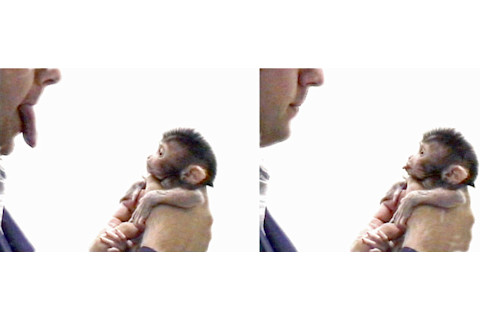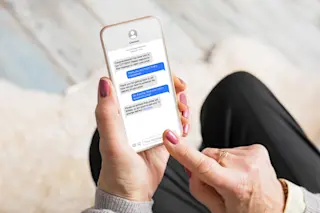Mirroring People: The New Science of How We Connect With Others by Marco Iacoboni
(Farrar, Straus & Giroux, $25)

Image courtesy of Liza Gross/Public Library of Science | NULL
Within the brains of humans, apes, and monkeys is a small set of neurons that simulate in real time the actions of others. When you see Humphrey Bogart lock lips with Ingrid Bergman, the same brain cells fire as when you kiss your honey. When you hear your coworker crack open a soda, in your brain it’s as if you’d opened the can yourself.
Since their discovery in monkeys less than two decades ago, mirror neurons have been called into service to explain just about everything that makes us human—from empathy and language to politics and pornography. Are these cells really the be-all and end-all of human nature? In one of the first books on the subject, neuroscientist Marco Iacoboni clearly explains what we do know (and how) and what we don’t know (or can’t). Want to learn what mirror neurons have to do with Super Bowl commercials, violent video games, autism, addiction, and even free will? This is your book. Watching someone else read Mirroring People doesn’t count.














